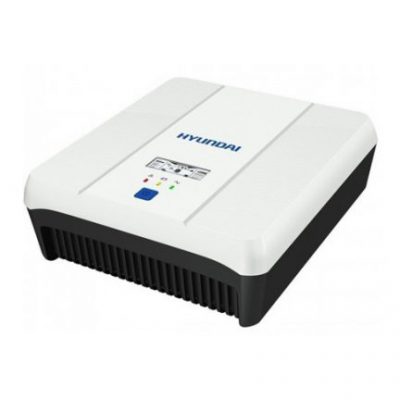Parameters:
- Load type (ampere or watt): Select the unit in which the load will be specified, ampere or watt.
- Load (watt): If the load type is watt, specify the load in watt, for example 100 W. Use and average value if its a cyclical load.
- Load (ampere): If the load type is ampere, specify the current in ampere, for example 10 A.
- Voltage (V): Specify the battery voltage, if the load type is watt.
- Required duration (hours): Specify the duration that the load must be supplied for.
- Battery type: Select the battery type, lead-acid or lithium-ion.
- Required battery size (Ah): The recommend battery size in Ah.
Current calculation:
- If the load is specified in watt, the current I is calculated as:
where, P is the power in watts, and V is the voltage in volts.
Lithium-ion batteries:
- The required battery size
for litium-ion batteries is calculated by the battery size calculator as:
where, I is current in ampere, t is the duration in hours and Q is the required remaining charge in percentage.
Lead-acid batteries:
- The battery rating of a lead-acid batteries is proportional to the discharge rate. They are typically rated for a discharge rate over 20 hours. For example, a 20 Ah battery can deliver 1 A for 20 hours, which amounts to 20 Ah.
- The rating of the battery reduces by approximately 62% if it is discharged in 1 hour. For example, if the same 20 Ah battery is discharged in one hour, it can only deliver 12.4 A for one hour, which amounts to 12.4 Ah. The battery size calculator derates the battery linearly based in this characteristic.
- The required battery size
for lead-acid batteries is calculated by the battery size calculator as:
where, I is current in ampere, t is the duration in hours, and Q is the required remaining charge in percentage.
Follow Us On Social Media
[et_social_follow icon_style=”slide” icon_shape=”rounded” icons_location=”top” col_number=”auto” counts=”true” counts_num=”0″ total=”true” outer_color=”dark” network_names=”true”]











0 Comments